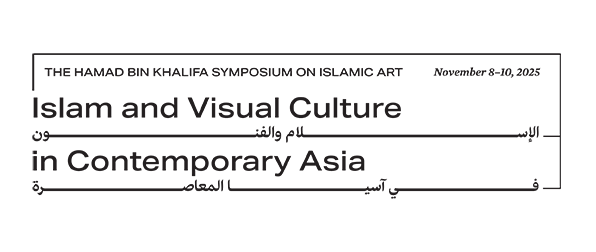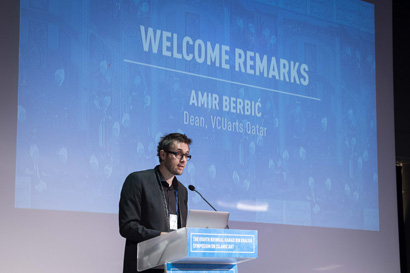Barbara Brend
The Management of Light in Persian Painting
Light is fundamental to the visual arts, and all painters must engage with it, whether they work with a theoretical background concerning it or not. Light has a significant place in the expression of many religions, and this is certainly true of Islam. Light was discussed in Islamic science, and light is also mentioned in one form or another at many points in Persian literature; nevertheless, it seems that for the Persian painter, the management of light was not a matter of theory, but of praxis. One aspect is the application of light-reflecting substances such as gold or silver. A second aspect, in some periods, is the use of shading, with or without an acknowledged source of light: this practice is usually associated with Chinese or European influence. On other occasions light may be implied conceptually by tokens such as the sun or moon, flames, candles or cressets. Great painters, especially in the period from the 1330s to 1560s, sometimes conveyed lighting conditions by their precise choices of color.
An independent scholar, BARBARA Brend has carried out major research on form and meaning in Persian and Mughal manuscript illustration. Her books include Islamic Art (1991); The Emperor Akbar’s Khamsa of Nizami (1995); Perspectives on Persian Painting: Illustrations to Amir Khusrau’s Khamsah (2003) and Muhammad Juki’s Shahnamah of Firdausi (2010). Dr. Brend was Curator of the 2010 exhibition, Epic of the Persian Kings at the Fitzwilliam Museum, Cambridge.




